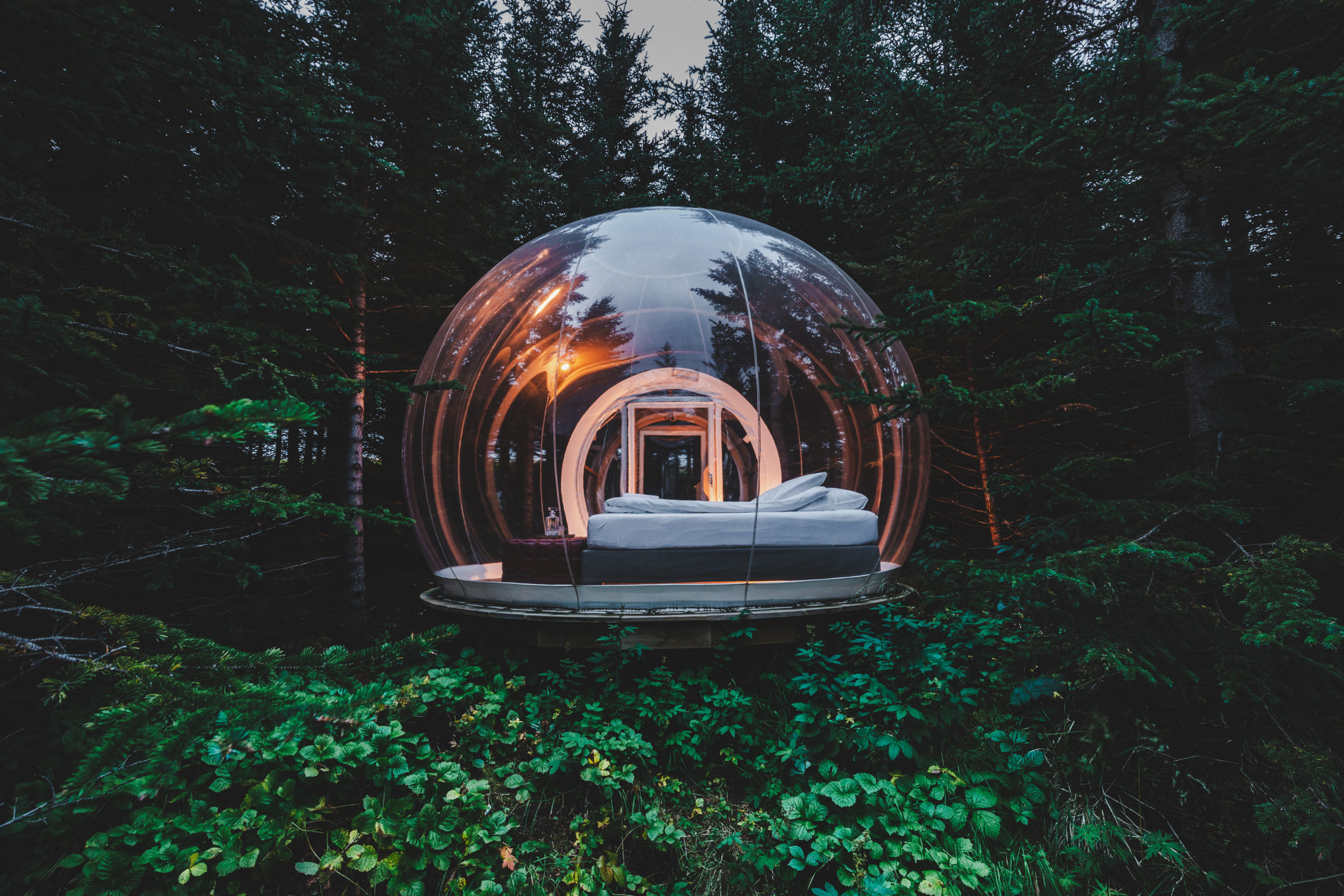Thinking about a trip to Iceland to catch a glimpse of the sky's most incredible light show? It’s a dream for so many people, seeing those shimmering colors dance above. Figuring out the right moment to visit this stunning island nation can feel a little tricky, especially when you are hoping to witness the aurora borealis, a truly special natural display. We are here to help you sort out the best approach for making your sky-gazing wishes come true.
There are quite a few things that come into play when planning a visit focused on seeing the northern lights. It's not just about picking a random date on the calendar, you know. The success of your viewing adventure depends a lot on a mix of natural happenings and, well, a bit of good fortune. So, getting a handle on the conditions that help these lights show themselves is a really good first step.
This information will help you understand the perfect window for your visit, helping you make the most of your time in Iceland. We'll talk about the best months, what the weather might do, and other small details that make a big difference in whether you get to see this amazing show. It's almost like preparing for a big event, where every little piece of preparation counts.
- Fat Elon Musk
- Wembanyama Wingspan
- Characters In Hoodwinked
- Best Way To Kill Bamboo
- Skinnyest Person Alive
Table of Contents
- What Makes the Northern Lights Appear?
- When is the Best Time to See Northern Lights in Iceland - The Season
- Does Weather Matter for Seeing Northern Lights in Iceland?
- Where Should You Go to See Northern Lights in Iceland?
- The Moon's Role in Seeing Northern Lights in Iceland
- What About Solar Activity and Seeing Northern Lights in Iceland?
- Tips for Chasing the Northern Lights in Iceland
- What Else Can You Do While Waiting for Northern Lights in Iceland?
What Makes the Northern Lights Appear?
Before we talk about the best moments to spot them, it helps to know just a little bit about what these lights actually are. Basically, the northern lights are a kind of light show that happens when tiny pieces from the sun bump into gases in Earth's atmosphere. These sun pieces, which are really just electrically charged bits, get pulled towards our planet's poles. When they hit the gases high up, like oxygen and nitrogen, they make them glow. It’s like a giant, natural neon sign, you know, spread across the sky.
The colors you see, like green, pink, purple, and red, depend on the type of gas the sun's bits hit and how high up in the sky this happens. Green is the most common color, often from oxygen at lower altitudes
Related Resources:



Detail Author:
- Name : Prof. Keira Borer PhD
- Username : iwilliamson
- Email : satterfield.greyson@gmail.com
- Birthdate : 1998-07-16
- Address : 780 Lemke Rapid Suite 016 West Camylletown, AK 52875
- Phone : 513.223.2310
- Company : Crooks, Sauer and Marvin
- Job : Music Director
- Bio : Architecto delectus voluptatem voluptatem ducimus. Totam voluptas culpa repudiandae architecto dolore.
Socials
facebook:
- url : https://facebook.com/kerluke1972
- username : kerluke1972
- bio : Dolores aliquam deserunt velit voluptatem similique. Dolor qui omnis est earum.
- followers : 5235
- following : 1721
instagram:
- url : https://instagram.com/akerluke
- username : akerluke
- bio : Eum accusantium voluptas molestiae. Est sunt aut rerum eligendi ea adipisci ratione.
- followers : 2782
- following : 622